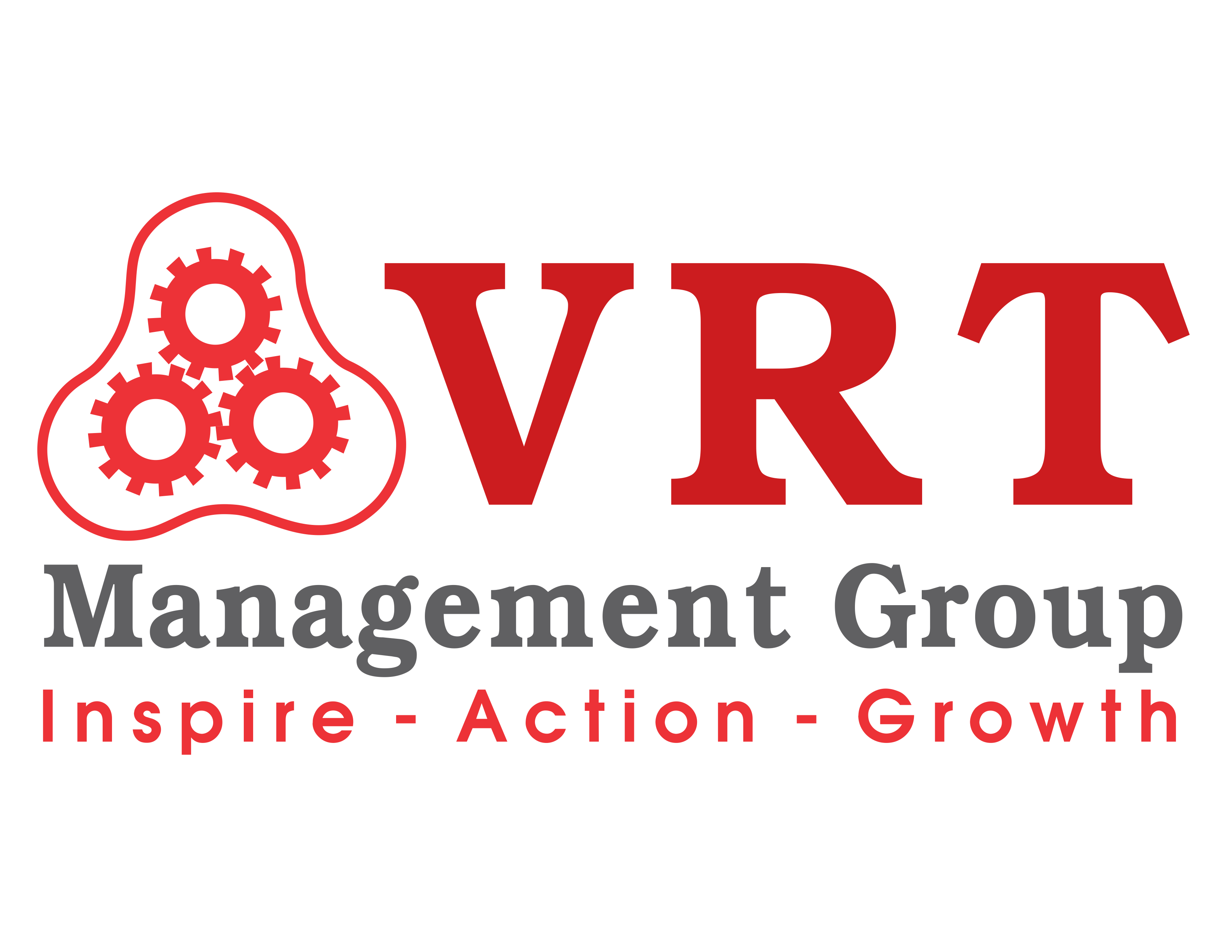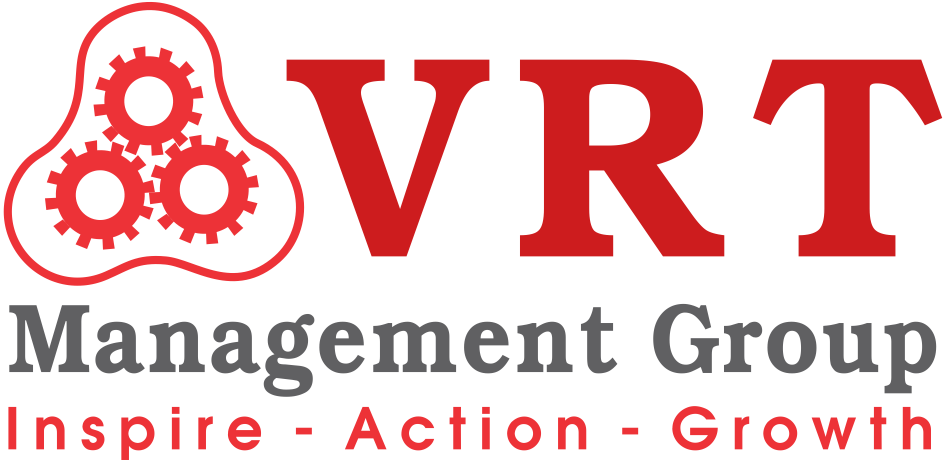
Management
by Rajesh Tedla
Grow faster with FAST goals
For an entrepreneur to build a successful business, it is imperative to ensure that the business heads in the right direction. However, in today’s uncertain business environment, where the markets are disrupted almost every other day, ascertaining the right direction for their business can be pretty challenging for entrepreneurs. Hence, setting a business’s goal or objective becomes an integral part of strategic planning.
Simply defined, goals are the milestones we set and try to achieve. They may be personal or professional. For an entrepreneur, establishing and owning a thriving business is both personal and professional. Goals can be short-term or long-term. Either way, they are powerful contributors to an entrepreneur’s success by helping them stay focused and motivated, facilitating decision-making, and measuring progress periodically.
The common framework most organizations use for goal setting is SMART, an acronym defining the characteristics of the goal or objective. SMART stands for:
- Specific: The goal must be defined in concrete terms without the scope for any subjective interpretation.
- Measurable: The goal should be tied to a metric so that its progress can be monitored quantitatively.
- Achievable: The goal should be possible to achieve with reasonable efforts. It needs to be realistic to maintain the excitement of attaining them.
- Relevant: A goal should be aligned with the organization’s or business’s vision.
- Time-bound: A goal should have a deadline to be accomplished. It helps evaluate the efficacy of efforts put in by the team.
The SMART framework is the traditional way of goal setting with limitations. However, it is excellent when trying to set goals for yourself and when you can control every element of the goal-achievement process. The SMART framework is also practical in stable business environments where there is not much innovation, and market demand is also relatively constant.
But when it comes to operating a business in a highly dynamic and disruptive market, the SMART goal-setting approach has its inherent shortcomings; the primary flaw is undermining the importance of frequent communication that fosters collaboration and coordination amongst teams in changing environments. To achieve your objectives in the current VUCA business world (Volatile, Uncertain, Complex, and Ambiguous), you and your team must adopt a mindset of frequent change, flexibility, and agility.
As an entrepreneur or small business leader, your core objective must be to inspire your team to take action to achieve the organization’s goals. Because you may operate with small teams, holding together the team spirit is critical to your success. This is possible only if everyone on the team is aligned and feels connected to the goal.
So, what is the right approach for goal setting?
Like everything else, the goal-setting approach has also evolved over time. The FAST system is the best alternative to the SMART method in the current scenario.
Most successful organizations today use the FAST framework to establish goals and manage team performance. It is a contemporary framework for goal setting. It facilitates the most effective way of executing your business strategies.
FAST is an acronym for Frequently discussed, Ambitious, Specific, and Transparent. Let’s understand the attributes of setting goals under this framework in detail.
- Frequently Discussed: The FAST framework proposes the goals to be frequently discussed among the managers with their employees and peers in the organization. The plans are embedded in every discussion that happens in the company. Moreover, this approach ensures that the team is constantly reminded and focused on the goals. One more advantage of frequently discussing the goals is that it paves the way for positive feedback and constant improvement to achieve them. From a management point of view, this approach helps make critical decisions and allocate and reallocate resources as warranted.
- Ambitious: Being ambitious is an inherent characteristic of being an entrepreneur. Hence, you should set a high standard that inspires your team and fosters innovation to achieve it. Of course, the goals should not be easy to achieve but should neither be impossible to accomplish. But they should be feisty enough to establish healthy internal competition and to push your team to deliver their best.
- Specific: The goals must be specific and clearly understood by your team. Based on the stage of your company and your growth plans, your goals must be measurable with detailed metrics and milestones. It helps your team plan clearly what is to be done to meet the objectives and measure progress.
- Transparent: The most important factor in FAST goal setting is to make them known to everyone in the company and help them understand how their contribution fits into the big picture. Transparency makes the individual and team expectations visible across the organization. Hence, it puts peer pressure on individual team members to perform on set objectives. The approach also facilitates feedback from the grass-root level and helps spot activities that are not aligned with company objectives.
The SMART approach is more or less static, whereas the FAST system is dynamic. In addition to FAST, many entrepreneurs have adopted the OKR approach to fast-forward their success stories.
- Objectives: An objective is a goal that a business is trying to achieve. It is a qualitative statement around which strategies and activities are structured.
- Key Results: As it implies, key results are the metrics that measure the progress made toward achieving the objective.

